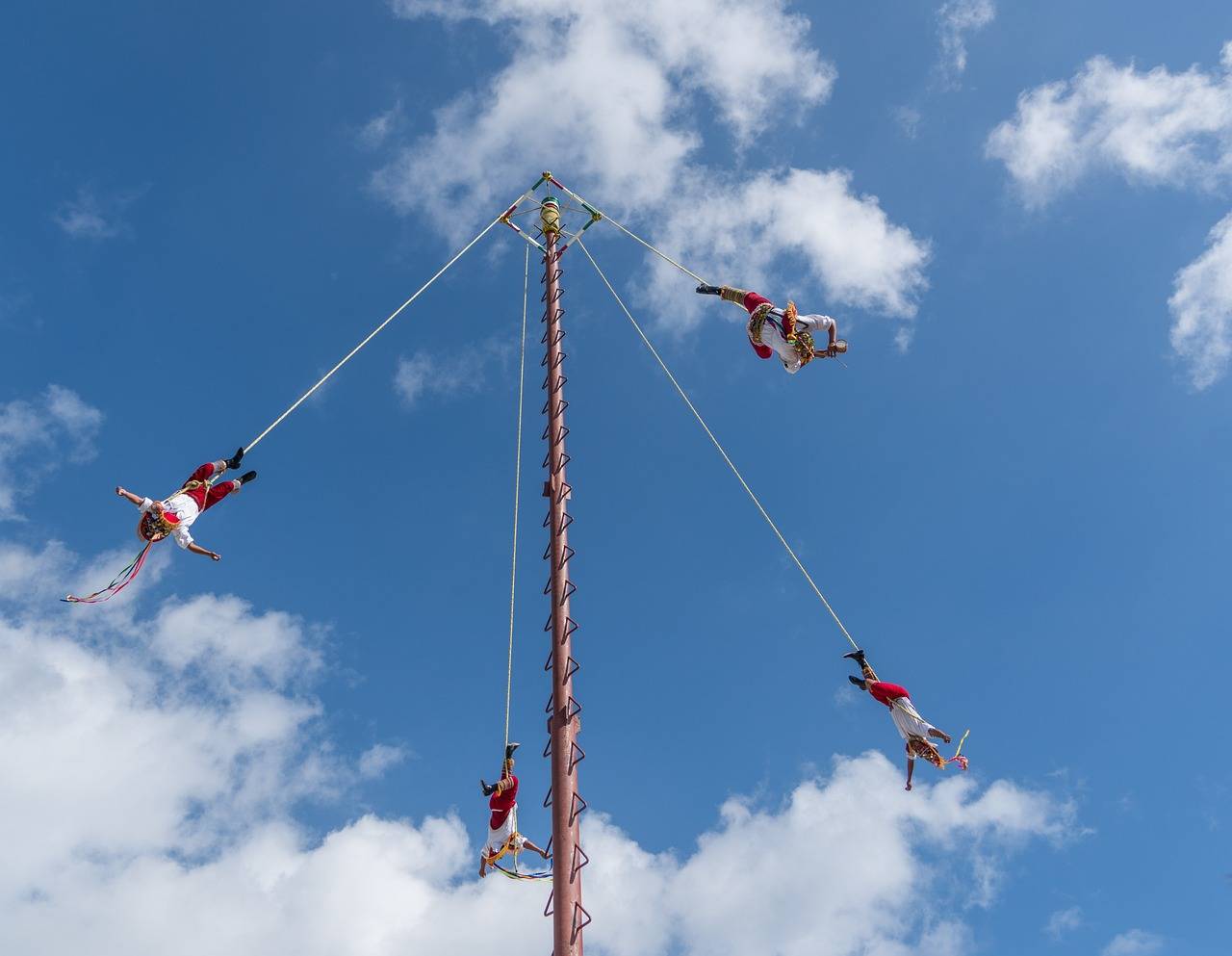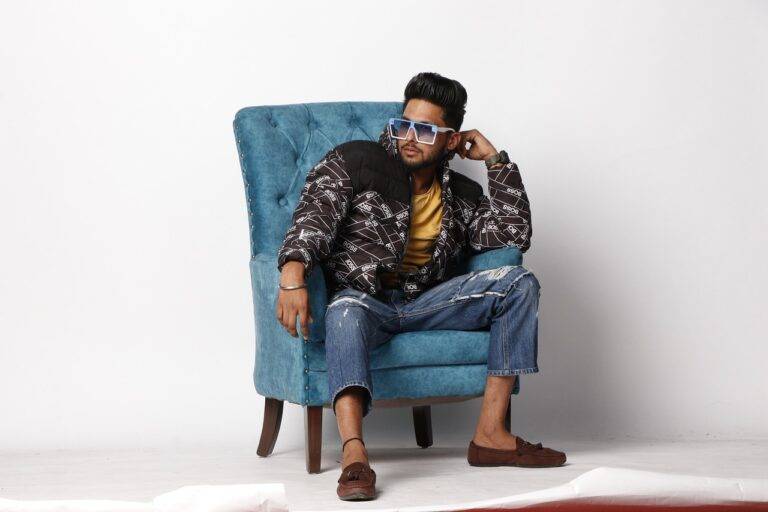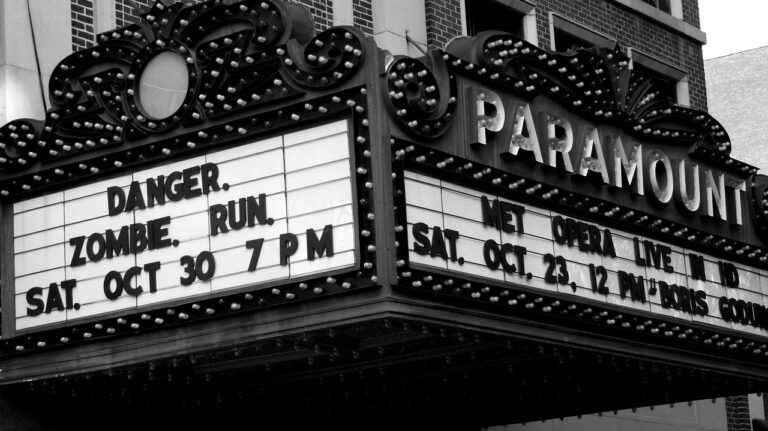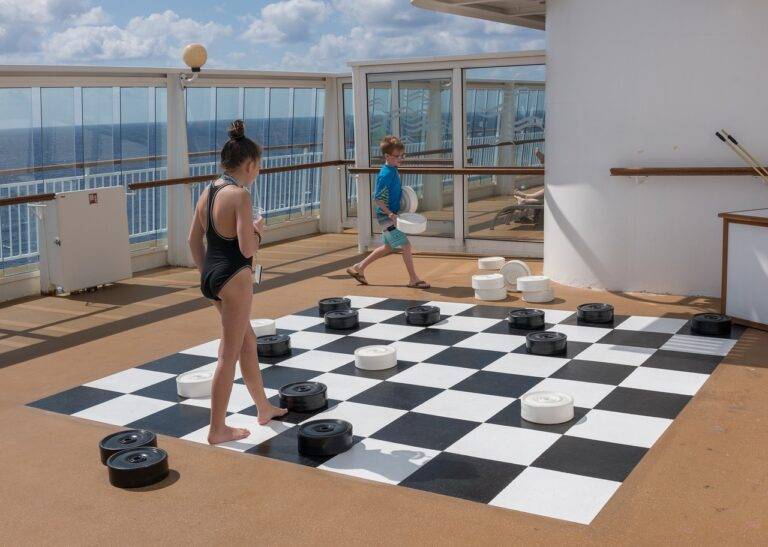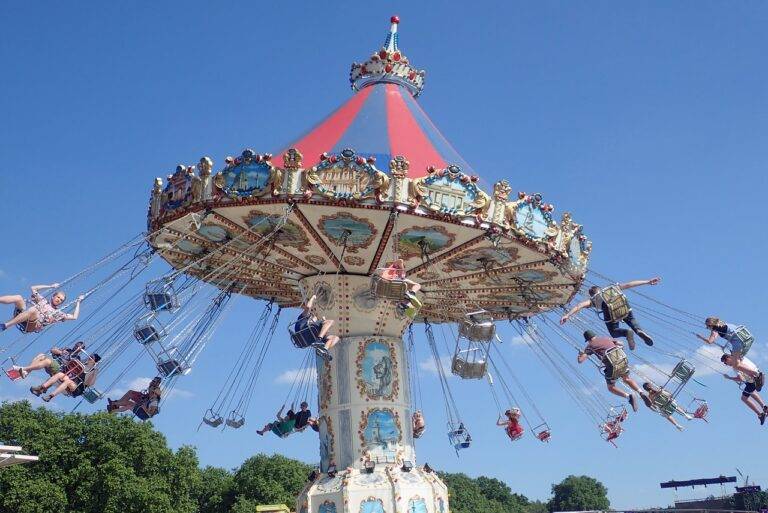Behind the Scenes: The Art of Makeup Effects in Horror Films
Makeup effects in horror films have come a long way since the early days of cinema. With advancements in technology and techniques, makeup artists have continuously pushed the boundaries of creativity to bring terrifying creatures and gory scenes to life on the screen. From classic monster movies to contemporary psychological thrillers, the evolution of makeup effects has played a crucial role in immersing audiences in the dark and chilling worlds of horror.
In the past, practical effects such as prosthetics, makeup, and animatronics were the go-to tools for creating monstrous beings and gruesome injuries in horror films. These physical effects added a tangible realism to the on-screen horrors, heightening the suspense and fear among viewers. However, with the rise of computer-generated imagery (CGI), makeup effects have entered a new era where artists can seamlessly blend practical effects with digital enhancements to achieve even more macabre and detailed visuals.
The Importance of Realism in Makeup Effects
Achieving a high level of realism in makeup effects is crucial in the world of horror films. The skillful application of makeup can enhance the overall believability of the characters and their gruesome transformations, thus immersing the audience in the terrifying narrative. When makeup effects are executed with precision and attention to detail, it adds an extra layer of authenticity to the storyline, intensifying the emotional impact on viewers.
Realism in makeup effects is essential for creating a visceral reaction in the audience. The ability to skillfully depict grotesque injuries, monstrous creatures, and supernatural phenomena adds a sense of dread and unease that elevates the horror experience. By using makeup to blur the lines between reality and fantasy, filmmakers are able to create a heightened sense of fear and suspense, making the horror film a truly immersive and unforgettable experience for viewers.

